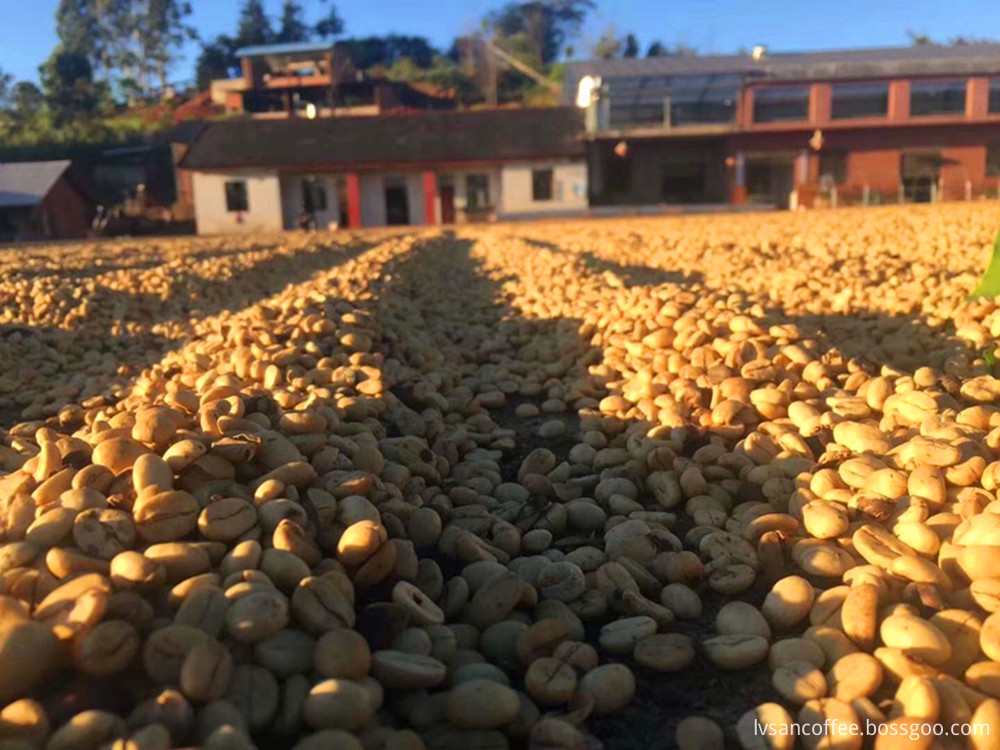Dehydrated spinach is produced using either natural or artificial drying techniques to significantly reduce its water content, thereby concentrating the soluble nutrients and inhibiting microbial activity. This process also suppresses the enzymes present in fresh spinach, ensuring a longer shelf life and making it ideal for long-term storage. The result is a lightweight, compact product that’s easy to transport and store, making it a popular choice in military rations, camping supplies, and travel foods.
In addition to its convenience, dehydrated spinach helps regulate seasonal supply fluctuations and is widely used in international trade. Its versatility and nutritional value make it a valuable ingredient across various food industries.
The production of dehydrated spinach involves several key steps:
1. **Raw Material Selection**: High-quality spinach varieties with thick leaves, short petioles, low fiber content, and a golden color are preferred. Autumn spinach, known for its high yield and low production cost, is often chosen. It thrives in cool temperatures (around 9°C) during September and October, which promotes vegetative growth and prevents premature flowering. Harvesting can be staggered, allowing for continuous processing.
2. **Pre-Treatment**: The selected spinach is washed, trimmed, and cut to remove any damaged or old leaves. This ensures uniform quality before further processing.
3. **Blanching**: Spinach is briefly immersed in boiling water (40–50 seconds) to deactivate enzymes that cause browning and spoilage. After blanching, it is quickly cooled in running water to stop the cooking process and preserve color and texture. Proper blanching enhances moisture removal during drying and improves overall quality.
4. **Drying**: There are two main methods—natural and artificial drying. Natural drying uses sunlight and air, while artificial drying employs specialized equipment like tunnel or drum dryers. In controlled environments, spinach is dried at 75–80°C for 3–4 hours, then slightly cooled to 50–60°C before packaging. This results in about 8 kg of dehydrated spinach per 100 kg of fresh spinach.
5. **Packaging**: Once cooled, the dehydrated spinach is packaged in sealed, moisture- and pest-proof containers. For retail or travel use, small plastic or paper bags are commonly used, often packed in larger boxes for added protection.
6. **Storage**: To maintain quality, dehydrated spinach should be stored in a cool, dry place with temperatures between 0–2°C and humidity below 65%. It should also be kept away from direct light to prevent discoloration and loss of flavor.
7. **Rehydration**: To restore the spinach to its original form, simply soak it in cold water for about 15–20 minutes. The rehydration ratio is typically 1:6.5 to 1:7.5, meaning 1 kg of dehydrated spinach can yield up to 7.5 kg when rehydrated.
By following these detailed steps, dehydrated spinach remains a nutritious, convenient, and durable food option suitable for a wide range of applications.
Grade 1 Coffee Beans
China Green Coffee Beans
flavor: mellow and balanced, with fruit acid flavor, nuts, honey, chocolate, citrus;
Variety:Aribica
processing method: washing;
water content: less than 12%;
packaging: 60kg / bag

In 1892, French missionary father Tian Daneng preached in Dali, Yunnan Province, China. In order to drink coffee, he taught local villagers to grow and drink coffee. Up to now, coffee has been planted in Yunnan Province of China for more than 100 years, with an area of 120000 mu. Most of the varieties planted in Yunnan are ccatimor, with an altitude of 1000-1500m, The coffee produced in Yunnan has a balanced taste, rich nut and citrus flavor, some of which are very sweet, with obvious taste of chocolate, toffee and maple sugar. It is one of the high-quality coffee producing areas. Our coffee is produced at the junction of Puer and Burma - the Myitkyina original jungle beans at 1500-1750, with a rich flavor, high aroma and high sweetness. The 2019 international coffee cup Masters Tournament (China finals) is sponsored by beans.
Good Coffee Beans,Grade 1 Coffee Beans,Organic Espresso Beans,Fresh Green Coffee Beans
Yunnan New Biology Culture Co,.Ltd , https://www.lvsancoffee.com
